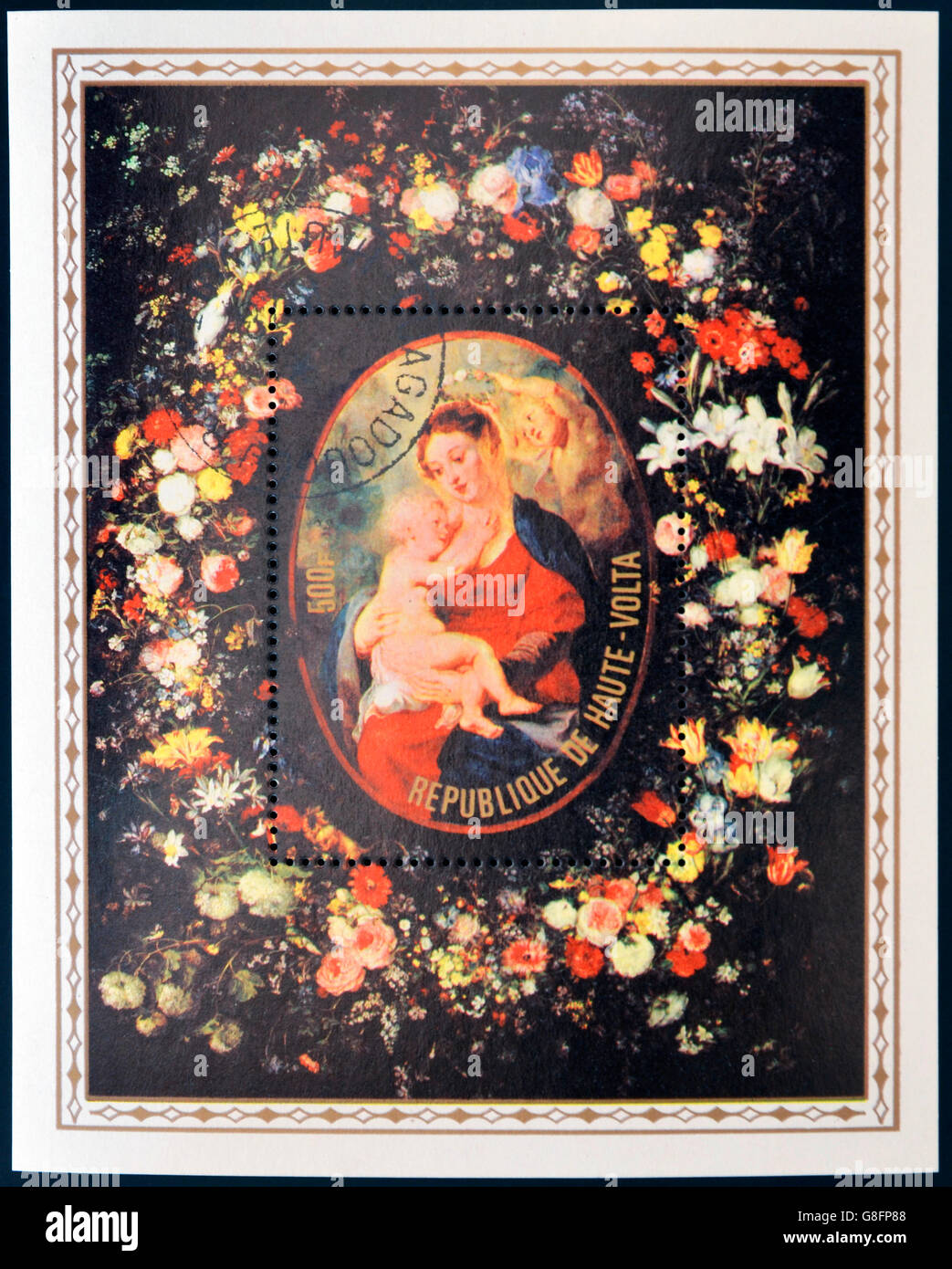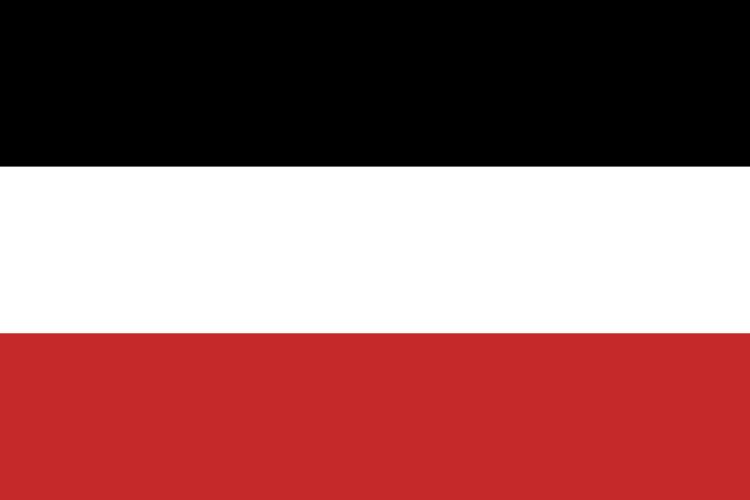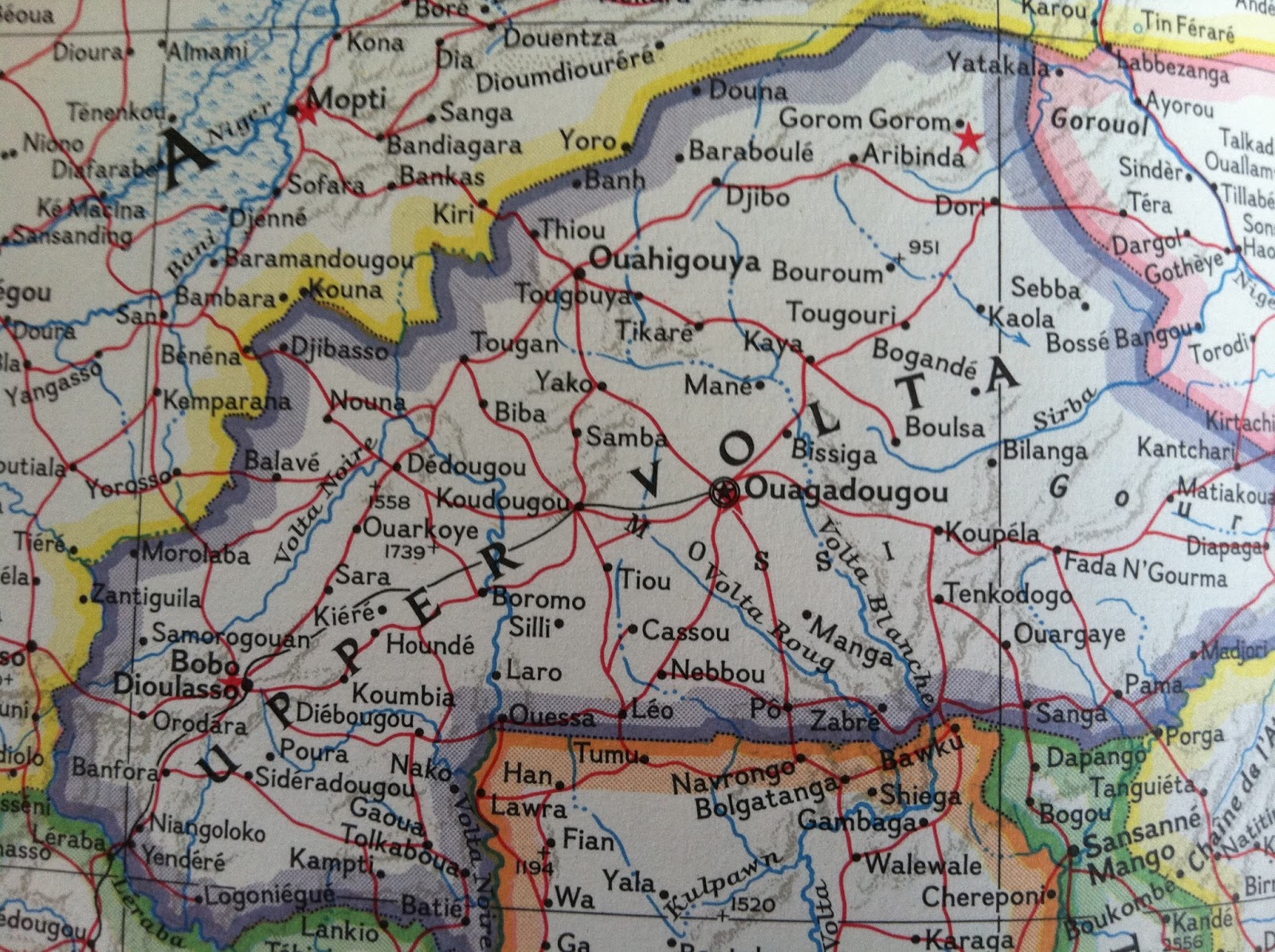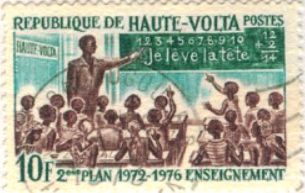

^ Burkina Faso Foreign Policy and Government Guide.Retrieved 8 January 2021 – via National Library of Australia. ^ "Upper Volta Coup leader not identified".^ Manson, Katrina Knight, James (2012).


Among them were the "Communist Officers' Group", a clandestine movement formed by Sankara, Compaoré, Zongo and Jean-Baptiste Boukary Lingani.

On 7 November 1982, the progressive and radical factions within the military regime had had enough with Saye Zerbo. Īnti-Zerbo protests grew increasingly frequent, with anti-government strikes taking place in April, the trade unions demanding a return to constitutional government in May, and several prominent union and opposition leaders arrested in September. Factional infighting soon grew within the junta, and on 12 April 1982 Thomas Sankara (secretary of state for information), Blaise Compaoré and Henri Zongo resigned from the Military Committee of Recovery for National Progress. He re-banned all political parties, and once more made labour strikes illegal. Establishing a junta with many radical members, the Military Committee of Recovery for National Progress (which included later presidents Thomas Sankara and Blaise Compaoré, and their close friend Henri Zongo), Zerbo's leadership grew increasingly dictatorial. Initially favoured by the trade unions and much of the political opposition, he soon made them his enemies. Īfter overthrowing Lamizana, Colonel Saye Zerbo re-established the full-on military rule ended by Lamizana with the 1978 presidential and parliamentary elections. In 1966, the single-party dictatorship of President Maurice Yaméogo had been ended by strong opposition from the powerful trade unions and the 1966 Upper Voltan coup d'état, and his military successor President Sangoulé Lamizana was overthrown in the 1980 Upper Voltan coup d'état after a long period of labour unrest, famine and economic problems. Upper Volta, formerly a colony of France, had gone through several coups since independence in 1960.


 0 kommentar(er)
0 kommentar(er)
